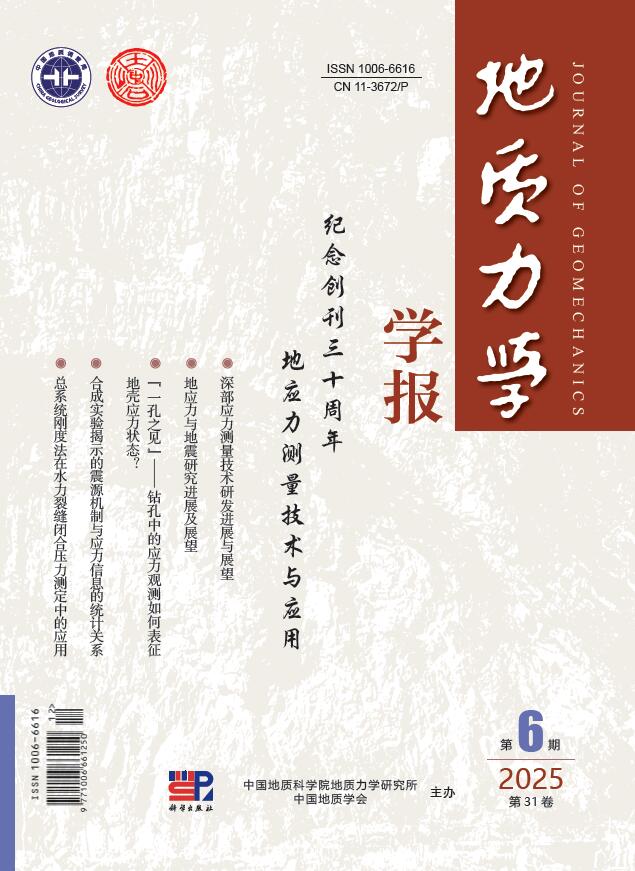2017 Vol. 23, No. 3
Display Method:
2017, 23(3): 333-338.
Abstract:
2017, 23(3): 339-347.
Abstract:
2017, 23(3): 348-357.
Abstract:
2017, 23(3): 358-368.
Abstract:
2017, 23(3): 369-381.
Abstract:
2017, 23(3): 382-396.
Abstract:
2017, 23(3): 397-410.
Abstract:
2017, 23(3): 411-421.
Abstract:
2017, 23(3): 422-428.
Abstract:
2017, 23(3): 429-435.
Abstract:
2017, 23(3): 436-450.
Abstract:
2017, 23(3): 451-458.
Abstract:
2017, 23(3): 459-466.
Abstract:
2017, 23(3): 467-474.
Abstract:
2017, 23(3): 475-486.
Abstract:
2017, 23(3): 487-497.
Abstract:
2017, 23(3): 498-506.
Abstract:



